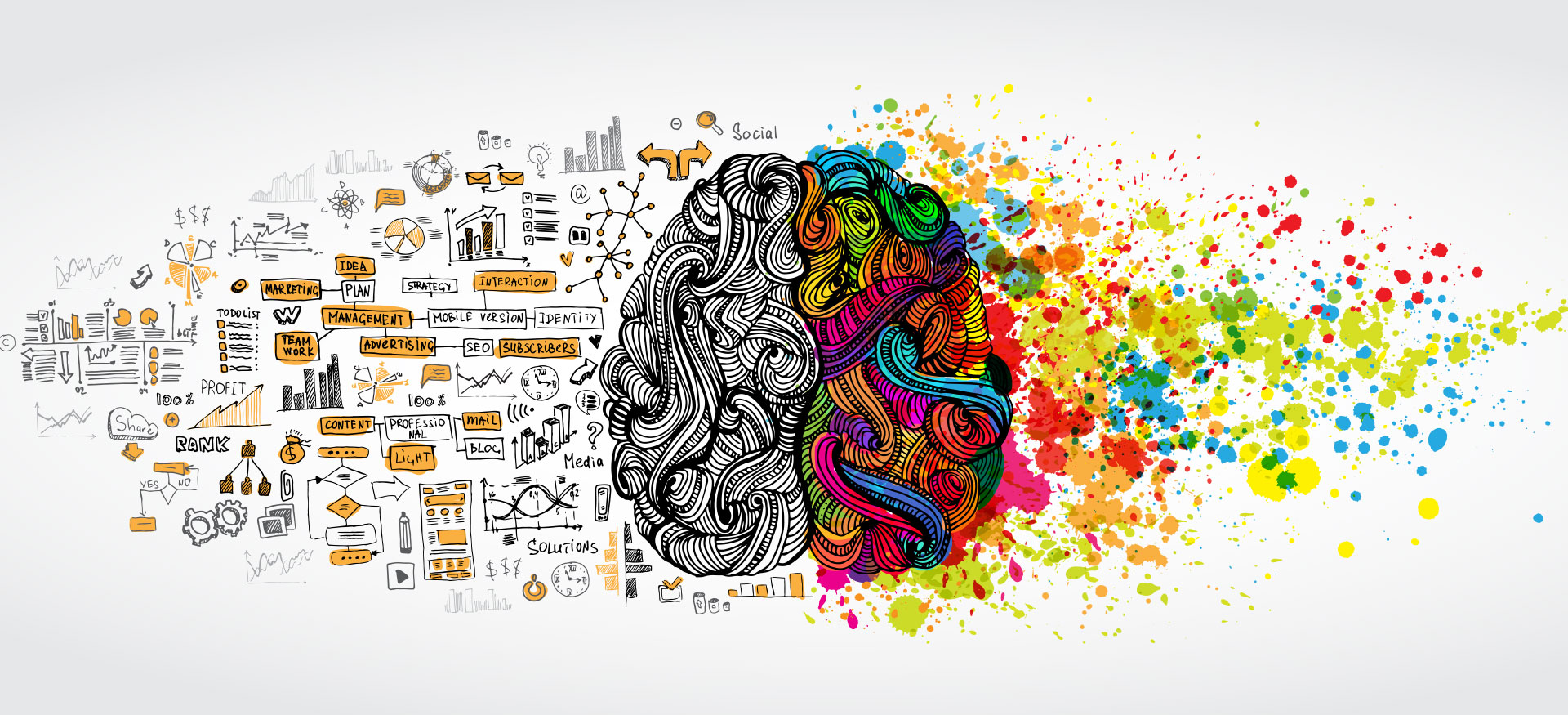
Humanize Data with Creative Intelligence
But something else has also become clear, or at least it should be. It’s not all science. It’s also an art. Science, in this context, can be defined as the systematic study of behavior through observation and experimentation. Then there’s art. Art is the expression and application of human creative skill. And in that definition lies the key. Art is human.
Science, in a sense, removes the human part of the equation as it to move one closer to objectivity, and there’s no doubt that’s important. But it’s critical not to forget that no matter how much data we have, it’s data about people. People who are, more often than not, subjective creatures with feelings and inclinations and needs that are hard, if not impossible, to quantify.
So, if you’re in the business of dealing with people – and if you’re in business then this means you – there is both an art and a science to this. And in that overlap, there needs to be a fine balance, a creative intelligence, that starts with the science of data but only uses it as a foundation to make things more human.
Now if this is key for any Customer experience, it becomes more key as the interaction and the decision becomes more human, as the purchase becomes more considered. Wikipedia defines a considered purchase as, “a complex buying decision with a high degree of financial and/or emotional risk and reward.” Emotion, risk, reward. Talk about human concepts that are hard to define in aggregate, nevermind for the ever diverse individual.
Industry studies tell us that 90% of decisions are based on emotions. Personally, I think that is far closer to 100%. We make decisions every day based on emotion and justify them later. All these decisions require some degree of creative intelligence, of both art and science. And they involve some risk, some potential for loss. However, while buying a book is one thing, buying your first home, deciding on a cancer treatment, choosing a career, booking your honeymoon…these are quite another. And it’s not just because of financial cost. With these decisions, these considered purchases, the risks transcend financial cost. There is more emotional skin in the game, sometimes to a very serious or life-changing degree.
For example, take the considered purchase of buying a home. Data may tell you how many times a person visits a website, what keywords or ads got them there, what pages they viewed, where they live, and a multitude of other invaluable information. The science may find patterns and correlations between specific keywords and specific content or how demographics align with the length of time between research and purchase. But now you are left with the why? Why do the data yield those results? And in leveraging the human element, you put yourself in the shoes of the first time homebuyer who is about to start a family or empty nesters looking for a place to retire. It’s those considerations that drive you to use science to make artful decisions on what to test and how to test it that are far different than the ones driven by data alone. That’s creative intelligence at work.
Therefore, while business intelligence is critical and artificial intelligence is powerful, there’s an argument to be made that creative intelligence leads the way for optimizing the considered purchase. If you think about it, it’s the only way to be truly Customer-centric. How so? Because it’s the only way that gives the Customer, the human, the weight they deserve in the equation.
Creative intelligence for the considered purchase. That’s what it’s about now, or at least what it should be.
Key Takeaways:
- The power of data can be used to fuel the customer journey from awareness to purchase to loyalty and evangelism. But data isn’t the whole story.
- No matter how much data we have about our customers, this data is about humans—people with feelings and inclinations and needs that are challenging, if not impossible, to quantify.
- Extracting valuable customer intelligence requires creative intelligence, a process that applies meaning and understanding to existing data.
- Creative intelligence is particularly relevant to analyzing considered purchases— complex buying decisions with a high degree of financial and/or emotional risk and reward.
READY TO PROVIDE A BETTER POST-CLICK EXPERIENCE?
Get insights and tips to drive more business from less ad spend, more profit from less cost, and more customer value from less churn.